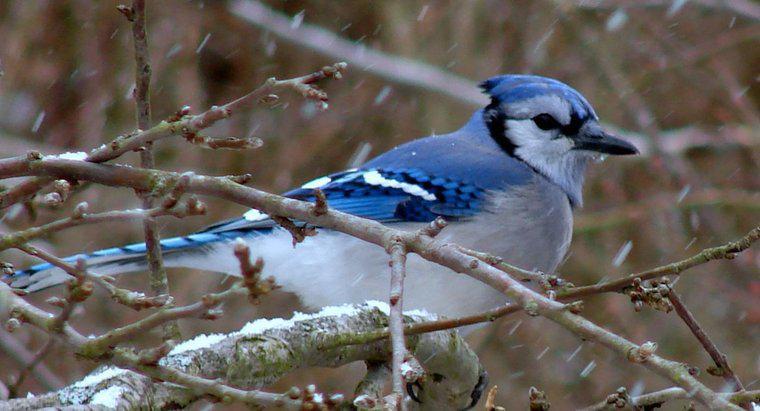
The Eurasian Jay: A Jewel of the Forest Canopy
In the woodlands and forests of Europe and Asia, a bird of remarkable beauty and intelligence graces the treetops with its colorful plumage and clever antics – the Eurasian Jay. With its striking appearance and diverse vocalizations, this enigmatic bird captivates the imagination of birdwatchers and nature enthusiasts alike, earning its place as a jewel of the forest canopy.
Majestic Plumage: The Eurasian Jay, scientifically known as Garrulus glandarius, showcases a breathtaking array of colors in its plumage. Its predominantly pinkish-brown body is adorned with striking patches of electric blue on its wings, black and white markings on its face, and a distinctive black ‘moustache’ streak. This combination of colors creates a visually stunning display that contrasts beautifully against the verdant foliage of its woodland habitat.
Versatile Vocalizations: One of the Eurasian Jay’s most intriguing features is its diverse repertoire of vocalizations. From melodious calls and mimicry of other bird species to harsh screeches and chattering notes, the Jay is a master of vocal communication. Its ability to imitate the calls of predators and other birds serves as a clever defense mechanism, allowing it to deceive and distract potential threats while remaining hidden in the canopy.

Clever Foraging Strategies: In addition to its vocal prowess, the Eurasian Jay is renowned for its intelligence and resourcefulness when it comes to foraging for food. With its strong, pointed beak and agile movements, it adeptly searches for acorns, seeds, insects, and small vertebrates among the forest floor litter. It also demonstrates remarkable problem-solving skills, using its bill to pry open nuts and store food caches for later consumption.
Role in Ecosystems: As a keystone species in forest ecosystems, the Eurasian Jay plays a vital role in seed dispersal and forest regeneration. By caching seeds and nuts throughout its territory, it inadvertently contributes to the dispersal of plant species and helps maintain the diversity of woodland habitats. Its presence also supports the populations of symbiotic organisms, such as fungi and insects, which rely on its foraging activities for food and habitat.
Conservation Concerns: Despite its ecological importance and cultural significance, the Eurasian Jay faces threats to its survival, including habitat loss, fragmentation, and persecution by humans. Conservation efforts focused on preserving and restoring woodland habitats, implementing sustainable forestry practices, and raising awareness about the importance of biodiversity are crucial for ensuring the long-term survival of this charismatic bird.
Conclusion: In the tapestry of the forest canopy, the Eurasian Jay stands out as a symbol of beauty, intelligence, and adaptability. With its majestic plumage, versatile vocalizations, and clever foraging strategies, it enriches the natural world with its presence and reminds us of the intricate interconnectedness of life in the forest. As we strive to protect and preserve the habitats of the Eurasian Jay and other woodland species, we honor not only their intrinsic value but also our shared responsibility to steward the diversity of life on our planet.





